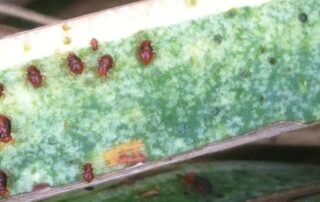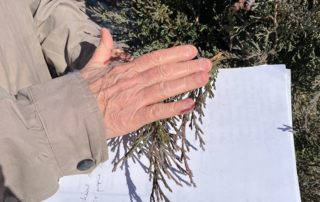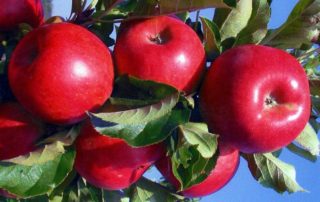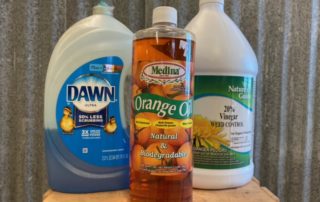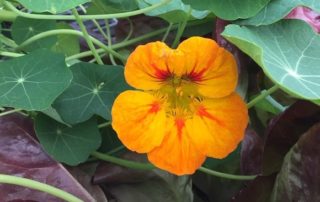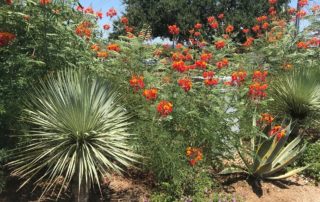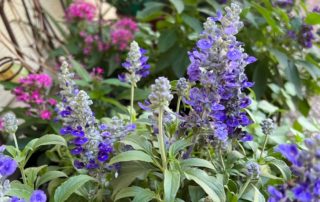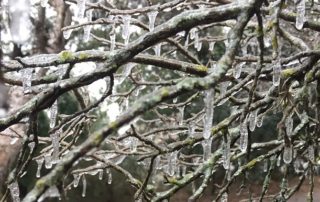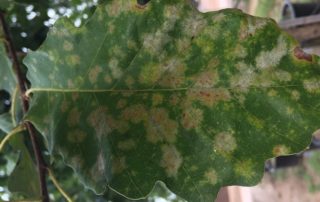Yucca Plant Bugs
Are your Yucca plants looking tired? Are the leaves lighter in color than usual? If so, they might be infested with Yucca Plant Bugs. These relatives of Stink Bugs and Leaf-footed Bugs have piercing-sucking mouth parts. They feed on the plant by extracting juices from the leaves. The leaf will appear "stippled" with tiny light colored dots. You may see black specks on the leaves, which are the feces of the bug. Yucca Plant Bugs overwinter as fertilized eggs that have been placed inside the [...]

